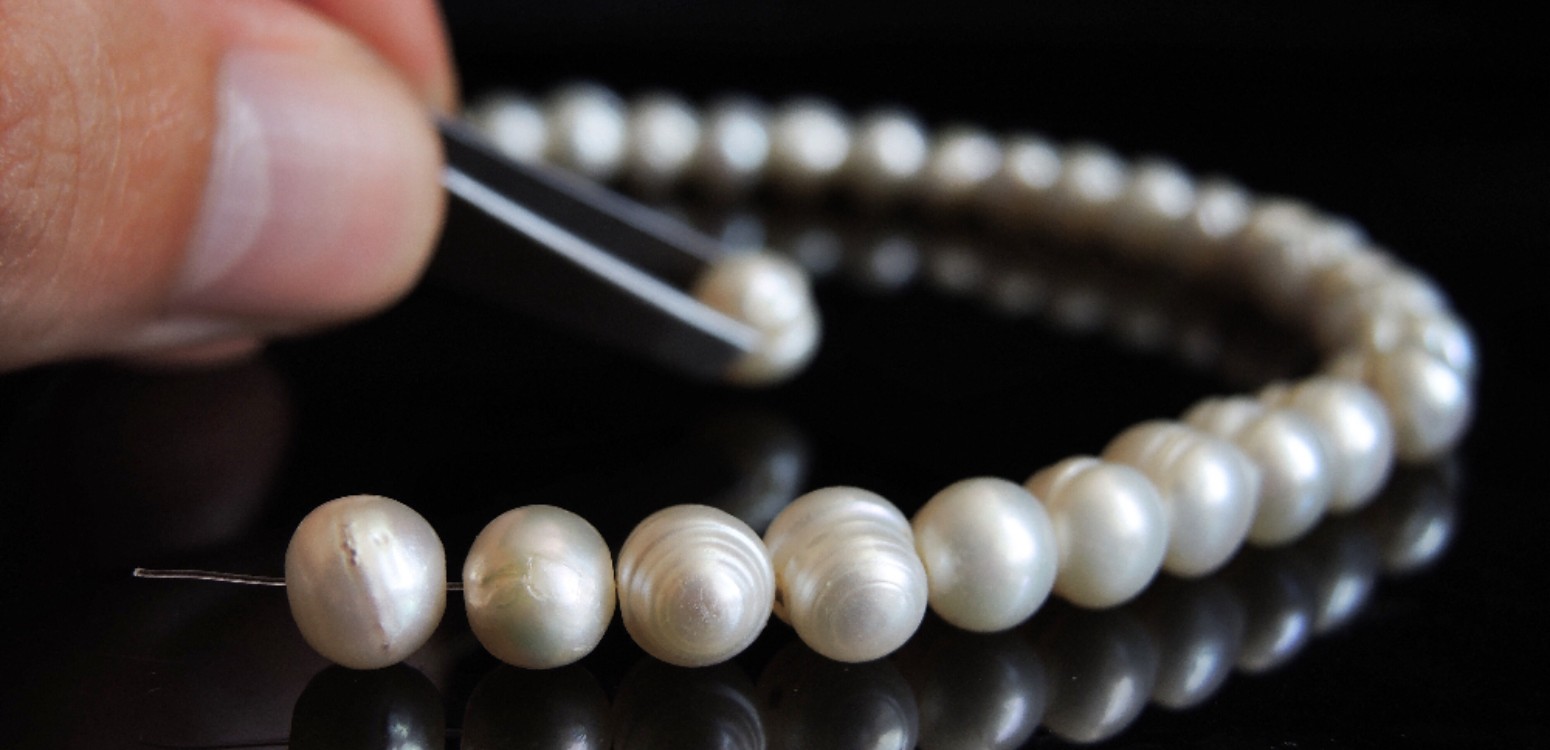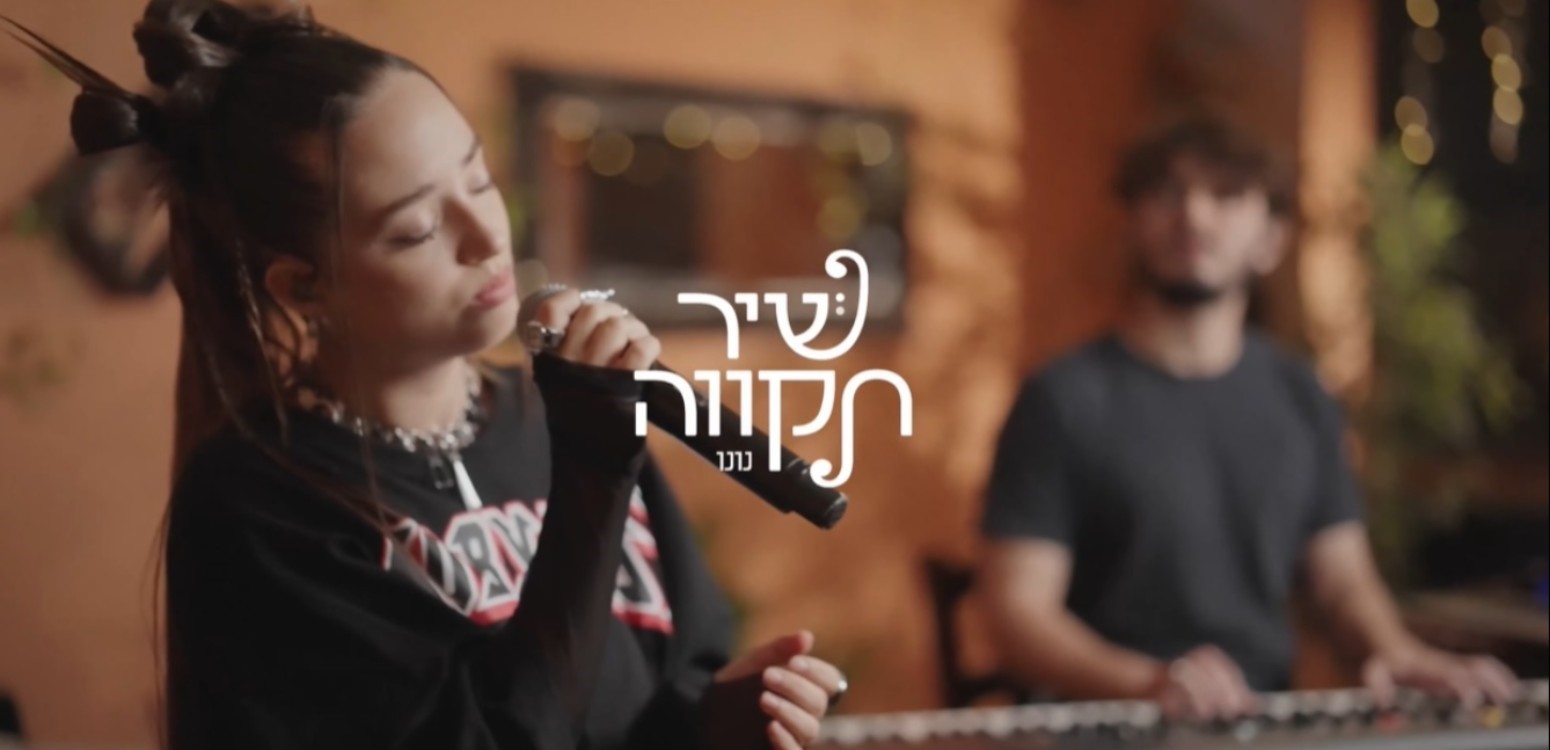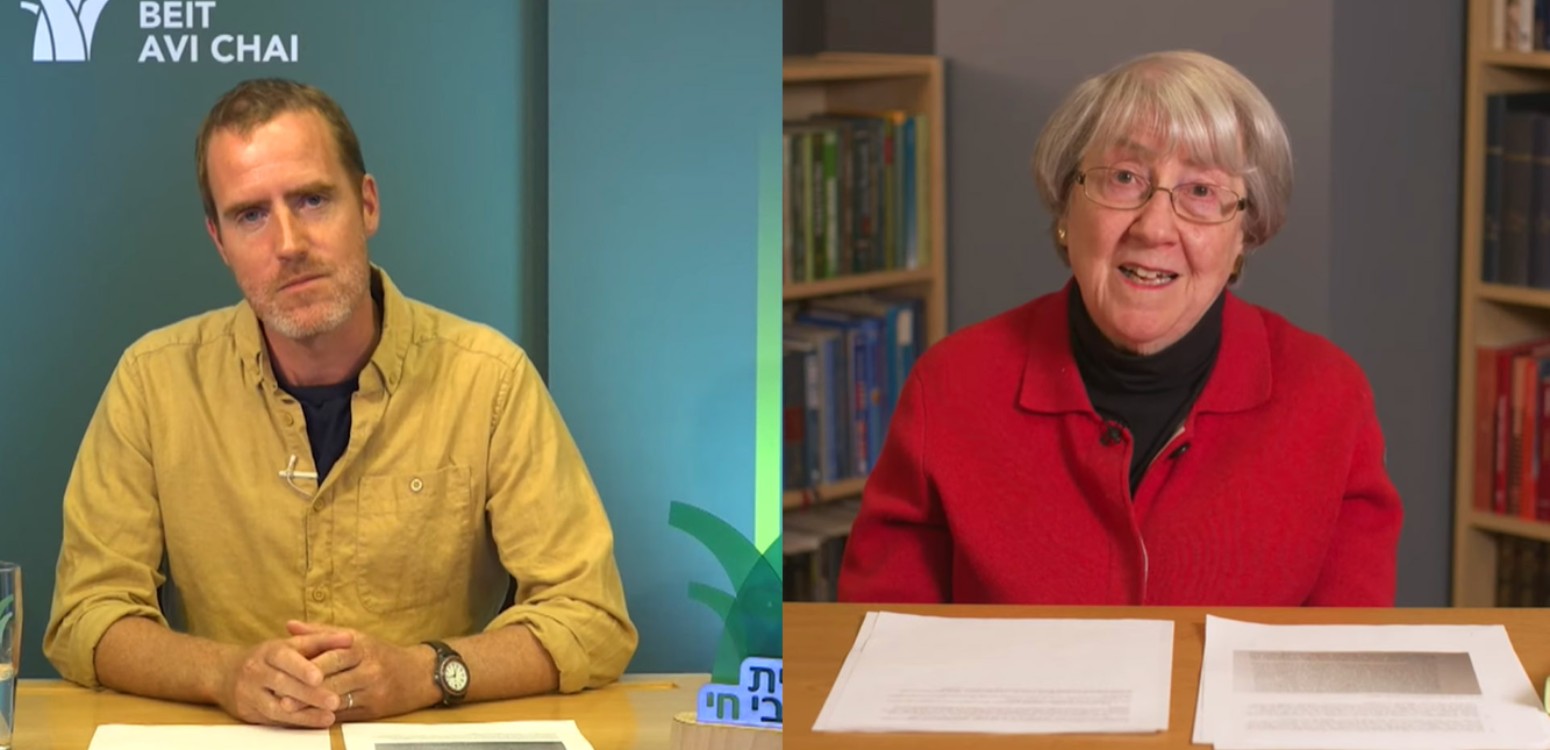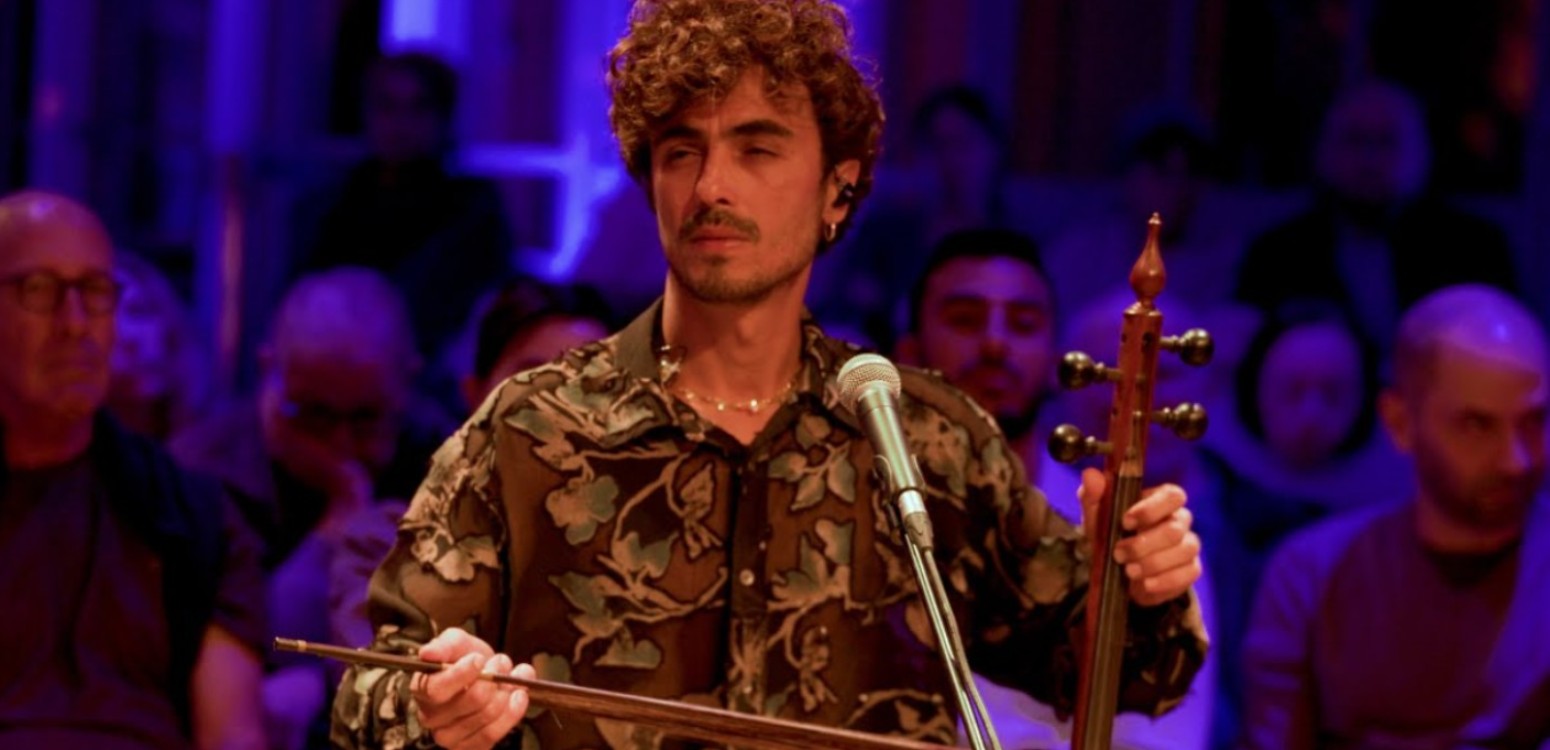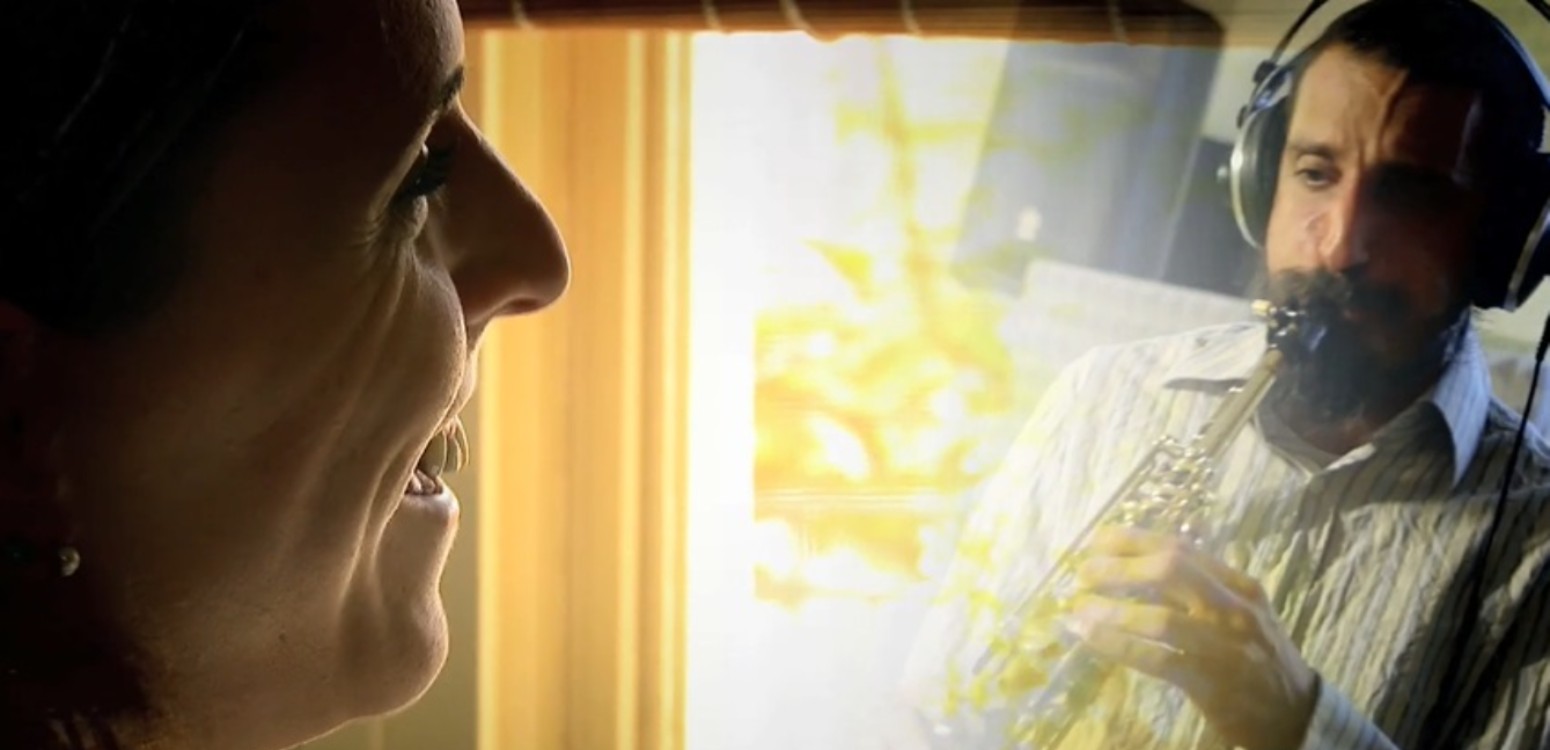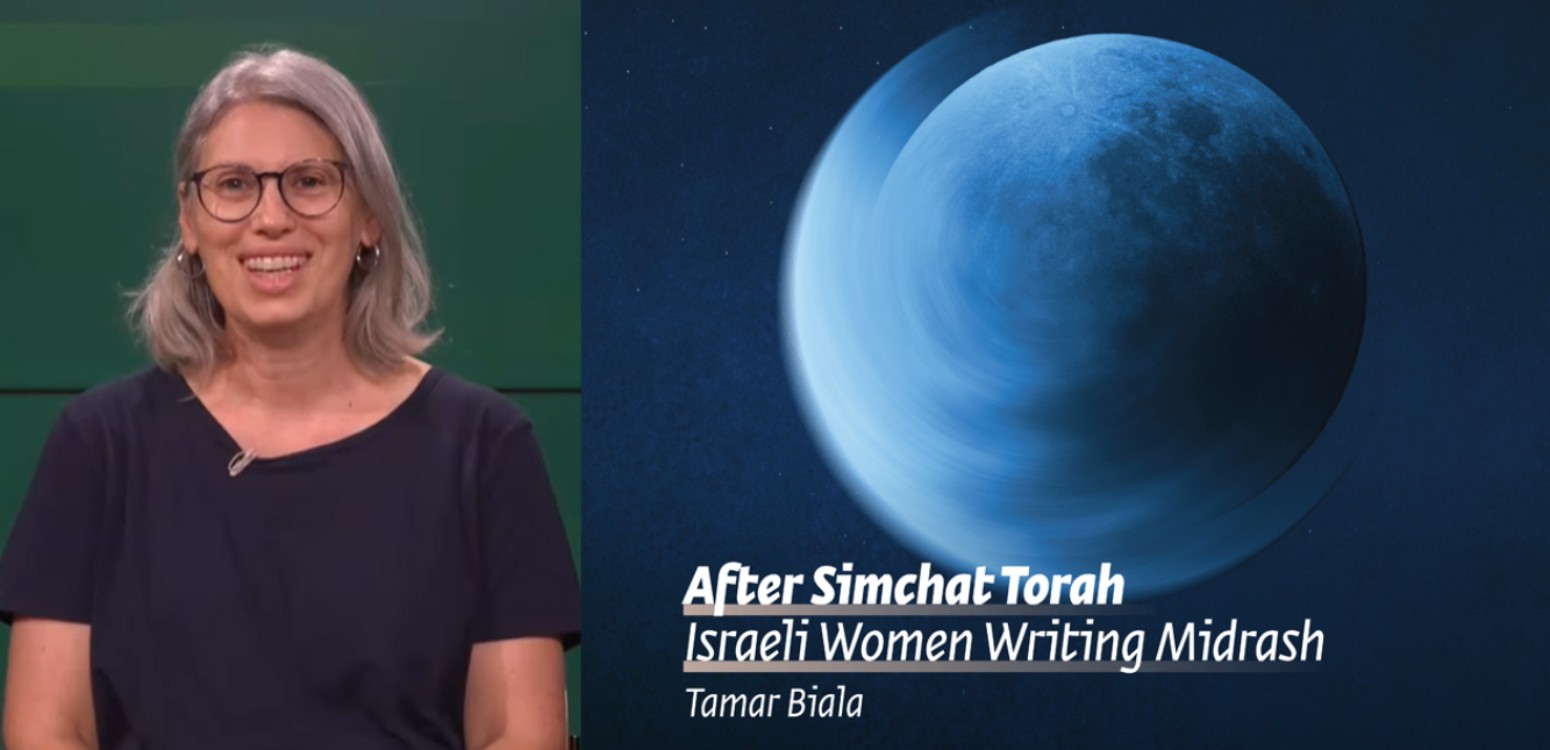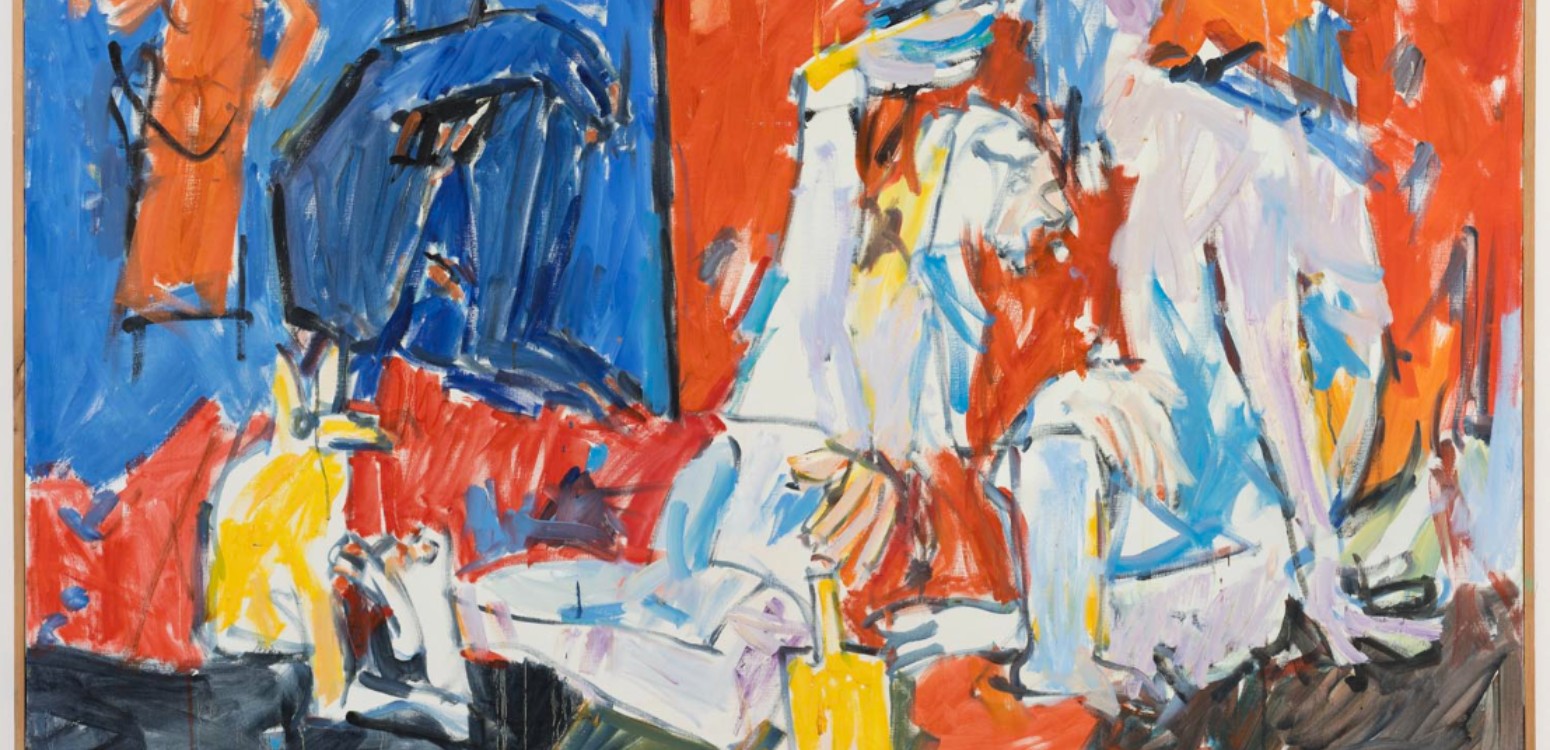
Ten things you might not know about the New Year of the Tree
1
Even though Wikipedia calls it a Jewish holiday, Tu BiShvat isn’t actually a holiday. There are no special mitzvot associated with this day, and in Israel, it’s not a day off from work. Having said that – Tu BiShvat is certainly a significant day, with halachic meaning, as well as a folkloric and festive one.
2
Tu BiShvat was first mentioned in the Mishnah as Rosh HaShanah La’Ilan, literally “New Year of the Tree.” This is one of the four new years in the Jewish calendar, and it’s not just a fancy title, but one that holds practical significance. Each one of these “new years” is the determining day which distinguishes one year from another in four different spheres. Tu BiShvat is the determining day when it comes to agriculture. Many of the laws and customs of the Land of Israel, like the prohibition on orlah fruit, Bikkurim, tithes, etc., depend on the age of the tree.
3
So how does Tu BiShvat help calculate the age of a tree? Easy: it’s a cut-off-date. Take for example the law of three-year abstinence from eating fruit of young trees. According to the laws of sanctity ascribed to the Land of Israel, one is not allowed to eat fruit that ripened on a three-year-old tree before Tu BiShvat. However, fruit ripening on or after Tu BiShvat of the tree’s third year is OK to eat.
4
All sages agreed there needs to be a cut-off-date – but which date should it be? Unsurprisingly, the ever-arguing House of Hillel and House of Shammai had a disagreement about this too. Beit Hillel said it should be on the 15th of the month of Shevat. Beit Shammai, on the other hand, preferred the 1st of Shevat. We all know who won that one; Tu Bishvat literally means “fifteenth of Shevat” (Tu stands for the letters tet and vav, which have the numerical value of 9 and 6 respectively, which together make 15).
5
In addition to its halachic significance, Tu BiShvat also bears spiritual meaning – it symbolizes renewal and growth.
6
In Israel, Tu BiShvat is the new year for trees; the local version of Arbor Day – a day in which people are encouraged to plant trees and funds are raised for this endeavor. Although it is said that the first planting ceremony on Tu BiShvat took place in 1884 in Yesud HaMa’ala in the north of Israel, the tradition of taking school children on field trips on this day in order to plant trees is credited to historian Ze’ev Yavetz. Yavetz was a school principal in Zikhron Ya’akov, who took his students to plant trees in the area in the early 90s of the XIX century. A few years later, this custom was adopted by the Jewish Teachers Union and later also by the Jewish National Fund.
7
One of the top symbols in Israel for Tu BiShvat is the almond blossom. It symbolizes the end of winter, and Israelis love to go on field trips on this day, or around it, to see the white and pink flowers of the Shaked – the almond tree – often referred to in Hebrew also as Shkediyah, like in the popular Tu BiShvat song, Ha’Shkediyah Porachat (meaning, “the almond tree blossoms”).
It is said that when the almond tree is in full bloom, it looks like a wedding dress – what could be more beautiful and romantic than that? 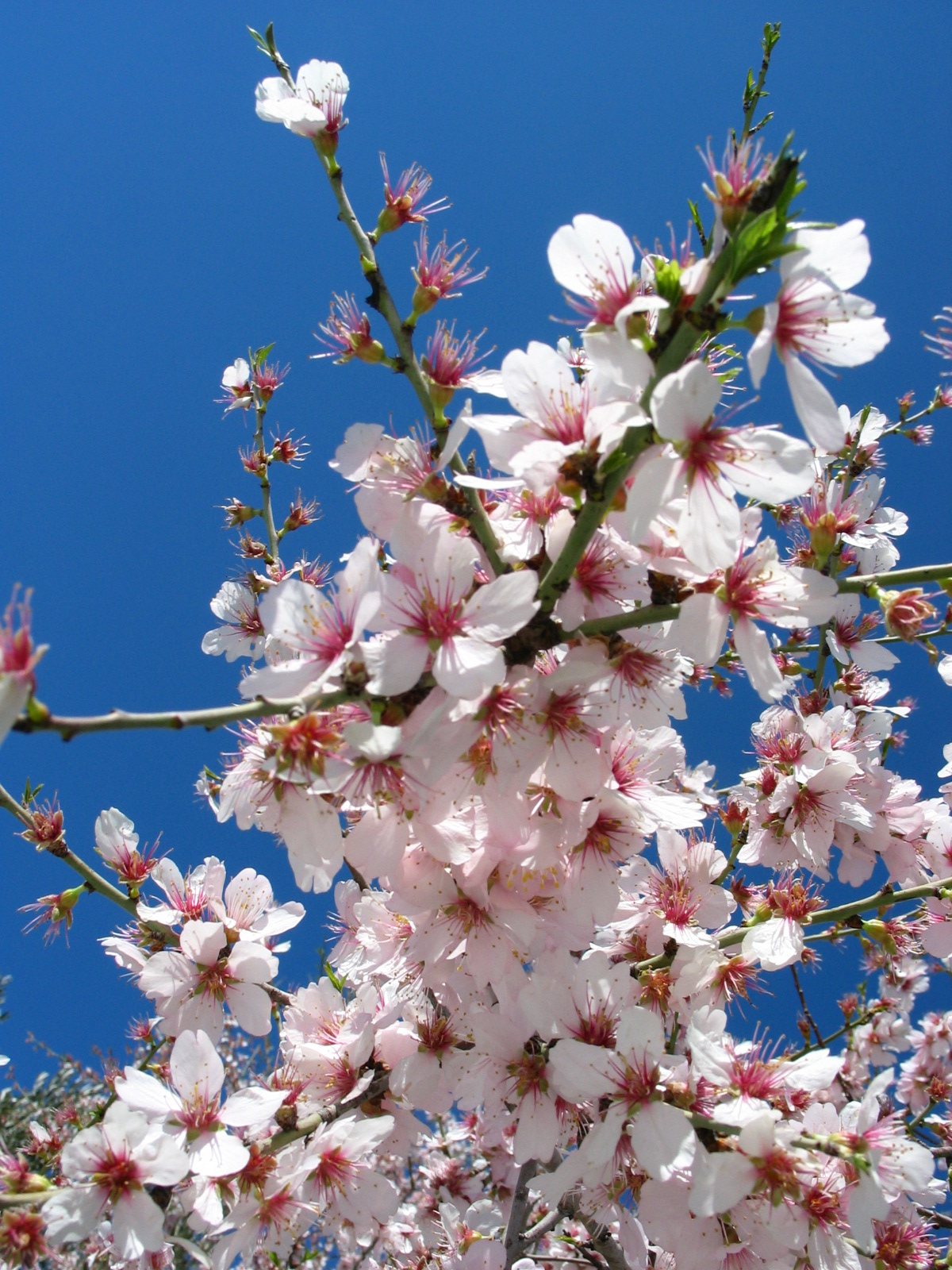
8
In the XVI century, Rabbi Yitzchak Luria of Safed created the first Tu BiShvat seder, based on Kabbalistic ideas of strengthening the Tree of Life. Holding a seder on Tu BiShvat, like on Passover, became increasingly popular throughout the Diaspora, as this became a special day of longing and yearning for the Land of Israel.
Throughout the Diaspora, various local versions were created, instilling Zionist ideas and love of the Land of Israel and its landscapes. Patriotic Tu Bishvat seders also became popular in Israel, as well as eating fruit and drinking wine of all colors: red, white and a mixture of the both. Nowadays there are many different versions of the Tu BiShvat seder, including modern versions with ecological emphasis.
9
"Trees for Vietnam" was a Jewish reforestation campaign in 1971 which was born in protest against the use of Agent Orange – a chemical herbicide sprayed by the U.S. as part of its herbicidal warfare program during the Vietnam War. This campaign is considered a landmark in the connection between the US Jewry and ecological issues – a connection that ever since the 1970s is often expressed in American Tu BiShvat seders.
10
One of the most well-known Tu Bishvat traditions is eating dried fruit. This tradition started in the Diaspora, the reason being the difficulty to obtain “fruits of Israel” (and especially the seven species, although not all of them are fruit) outside of Israel. It’s much easier to get hold of the dried fruit. This custom became so popular that it stuck in Israel too. Ironically enough, often Israelis eat imported dried fruit on this day instead of eating locally-grown fresh fruit.
Join Beit Avi Chai’s special Thursday-evening Kabbalat Shabbat in honor of Tu BiShvat, on Feb. 13.
Main Photo: Teacher's Association Poster - Tu Bishvat, 1927\ Wikipedia
Also at Beit Avi Chai

